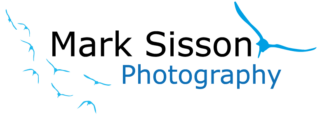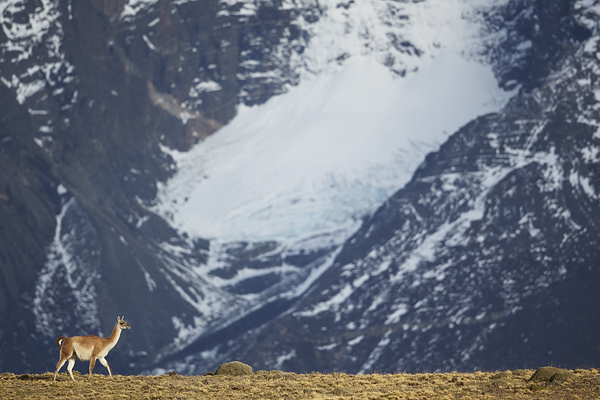I simply can’t believe how long it’s been since I posted any content on here: a combination of even more time away than normal (a good thing I guess as that means lots of travel and photography) and a higher than ever work pile when back in the office has meant processing let alone writing about things has taken very much a back seat.
As part of the long catch up process though I have enjoyed greatly recalling the pleasures of travelling in Patagonia at the tail end of last summer: northern hemisphere summer that is as it is the end of winter in this part of the world.
It takes a long time to get to the much vaunted Torres del Paine National Park in the southern end of Chile but boy is it worth it. Even a very average landscape photographer like me can’t fail to be compelled to stop and attempt to do the spectacular scenery here justice and whether it was dusk, dawn or in the first sunshine of the day when clear conditions allowed I made sure we stopped the vehicle and bagged some scenics such as these.
The towers hiding in the middle of the last of these images is the feature that gives the park its name.
The reason for the trip though, at least this part of it, was to search for and photograph the iconic and much vaunted pumas. The puma, sometimes also called the cougar or mountain lion, has a geographic spread that runs pretty much all the way from this southern tip of the Americas up to and through the United States. Throughout most of this spread though it is hugely persecuted – shot and hunted for either sport or as a so-called threat to farming livelihoods. It is an expert stalk and pounce hunter so catching sheep is pretty straightforward for them given the opportunity. Here in the protected boundaries of the Park (and some adjoining estancias as well) this is an area where hunting has long been outlawed though and as a result some (but certainly not all) of the pumas here are more tolerant of people allowing you to get close, and on foot too, to observe and photograph them. The trick though is finding them and so working with 2 expert local guides along with my good friends from Buenos Aries who have been here on many occasions now, we stood a better than average chance of finding these needles in a very barren haystack, as the first vantage point we based ourselves made clear.
As you can see quite an awe-inspiring view but a daunting one as well. We needn’t have been worried though as within what seemed like a few short minutes we spotted a puma heading along the shoreline beneath us.
 As it made it’s way along it was clear it was carrying an injury as it was limping so whilst Jorge made his way down to check things out for us we watched from on high, but sadly she limped off out of view and we decided following was unfair on her so left the scene for other locations.
As it made it’s way along it was clear it was carrying an injury as it was limping so whilst Jorge made his way down to check things out for us we watched from on high, but sadly she limped off out of view and we decided following was unfair on her so left the scene for other locations.
This was a spot we returned to the next day and this time spotted another individual, moving freely way across at the top of the hill on the other side of the lake: it looked a long walk but stripping down to just one lens and camera body we headed off for the hour or so’s trek to find her and boy did she let us close. She had settled in a not very visible crevice so after waiting patiently for her to move on she eventually passed right by us en route to her new resting spot as well.
I only wish the one choice of lens I had made for the walk had been a shorter one. I had never imagined she we would pass a mere matter of feet away as the first of these images show. This new location was equally inaccessible and as you can see the light was approaching the harshest part of the day and so we left her alone and headed back around the lake, still in awe of being able to walk so closely to such a magnificent feline.
Aside from puma searching we were quietly picking up an array of other images on our travels with landscapes typical of the steppe type or mountainous habitats here never far away though, either as stand-alone entities or as a quirky element in a wildlife image.


Whilst the flamingos were undoubtedly attractive, the main mammal to be seen pretty much everywhere was the guanaco. These are the impala equivalent of the grassland here – and the main prey species of the puma too and so watching them, their behaviour and demeanour was always a big clue as to whether there might be one of the cats in the area. They made great subjects in their own right mind.
There were raptors galore in the area as well and the chances to photograph Black-chested Buzzard-Eagle, White-throated Caracra and the tiny little Chimango Caracra were all grabbed willingly.
A lengthy session with an incredibly tolerant Variable Hawk was a real highlight on the raptor front though, offering the chance to really add some texture to the scene by careful positioning and use of the branches around him.
 But the trip was all about pumas really and so the last couple of days, as so often seems to be the case, were the most productive of all with a chance encounter (in some roadside bushes as we were heading back to the hotel) with what turned out to be one of the famously tolerant individuals.
But the trip was all about pumas really and so the last couple of days, as so often seems to be the case, were the most productive of all with a chance encounter (in some roadside bushes as we were heading back to the hotel) with what turned out to be one of the famously tolerant individuals.
Returning the following morning we enjoyed a fantastic session with her before she eventually decided enough was enough and headed off over the far side of an escarpment where we could not follow.
To spend time in this fantastic environment and location and be able to walk and photograph on foot with these lithe, powerful and magnificent animals is right up there in terms of wildlife photography experiences for me. I certainly can’t wait to take a group there again next year.
On this occasion I had scheduled, thanks to Pablo and Jorge’s help, some time across the border in southern Argentina too based at an incredibly remote estancia (about 6 hours drive from the nearest town of El Calafate) based near the network of lakes of which the mainstay is the famously blue Lago San Martin.
The scenery here is equally as dramatic albeit different and particularly so when seem from the top of the mountains.
The estancia was literally by the shore near the sandy spit in this image, and climbing up here involved taking full advantage of the semi-wild horses there looked after by the inimitable Gringo – possibly one of the last true gauchos to be found in Patagonia. The world is moving on for characters like him – he lives here cut off from civilisation on his own through the winter tending the horses and with just his dogs and medium wave radio for company. Heaven knows how many of his bones he has broken in his rodeo riding days too, and how many cigarettes he still smokes but he was a true gent in guiding us and the horses across streams and over rocks to get to this vantage point.
The reason we were here though was for the other iconic species of the region – the Andean Condor. With a wing-span approaching 10 feet these are the ultimate mountain glider and after spotting some in the distance we all began to shout as loud as we could to call them in.

Now this might seem a strategy completely at odds with attracting wildlife, but for these birds noise means activity and activity means a potential meal opportunity and so from the safety of the air and with their fantastic eye-sight they will always come and check it out. And gradually they drifted closer until we had frame-filling fly pasts and the chance to see just how they twist their necks to ensure the best view too. What a bird and what a sight!
We even managed to capture some of them on the ground taking advantage of a fallen guanaco too.
Around the Estancia itself the noisy and affectionate Austral parrots would drop in most late afternoons and the rustic buildings that make up the stables here were a great feature for any landscape photography breaks too – both daytime and night time as well.
This is still a wonderfully unspoilt part of the world. Clear night skies (weather allowing) are essentially unpolluted and throughout my time in both Chile and Argentina I was out at night at every opportunity to look to capture the scene both in still image and also timelapse as well: still something I am coming to grips with. A huge thanks to all who travelled with me, to Pablo and Jorge for making it happen and Robert, Marcial and Gringo too. Here’s to 2018!!































